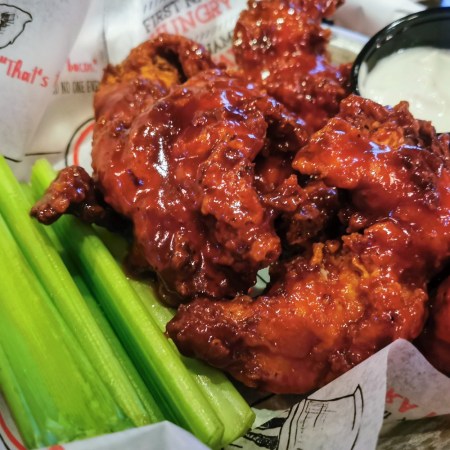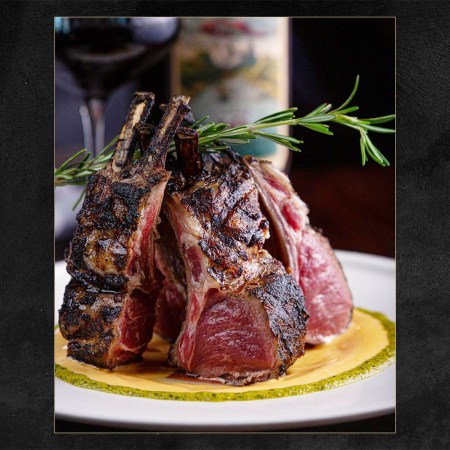What are your thoughts on guinea pigs? No, not as pets — as food. While the concept might make plenty of readers do a double take, there are parts of the world where guinea pigs are seen as closer to something to be farmed than something to be kept in the house as an adorable furry companion. In parts of South America where guinea pigs are a culinary staple they’re called cuyes, and seeking out cuy is something that many a U.S.-based food writer has done over the years.
In 2013, Robert Sietsema ventured to Queens to have cuy, and had plenty of positive things to say about the experience. “[I]t was more like a game hen, with dark and stringy flesh,” he wrote. “The burnished skin was the real prize, seemingly acres of it, and it had been massaged with garlic and coarse salt prior to roasting and was crisp as a potato chip.”
Traditionally, cuy is fried or roasted, but a growing number of chefs are branching out with the dish. In an article for Atlas Obscura, Gideon Lasco chronicled the ways in which cuy is growing in popularity in Peru. For Lasco, this shift represents “the reemergence of an Indigenous presence in the country’s culinary landscape.”
Among the experts Lasco spoke to for the article is an anthropologist who observed that cuy’s expansion from Indigenous staple to fancy restaurant dish represents a kind of gentrification. It’s also led to some unsettling shifts in how guinea pigs are raised in the country, venturing into factory farming territory.
From reading the article, it sounds like we’re still a ways off from dining on cuy at a Michelin-starred restaurant in the United States, but that day might be drawing closer than one might expect — especially if cuy has less of a carbon footprint than other animals raised for their meat. Which brings this all full circle: would you dine on a guinea pig, if given the opportunity?
Thanks for reading InsideHook. Sign up for our daily newsletter and be in the know.


















